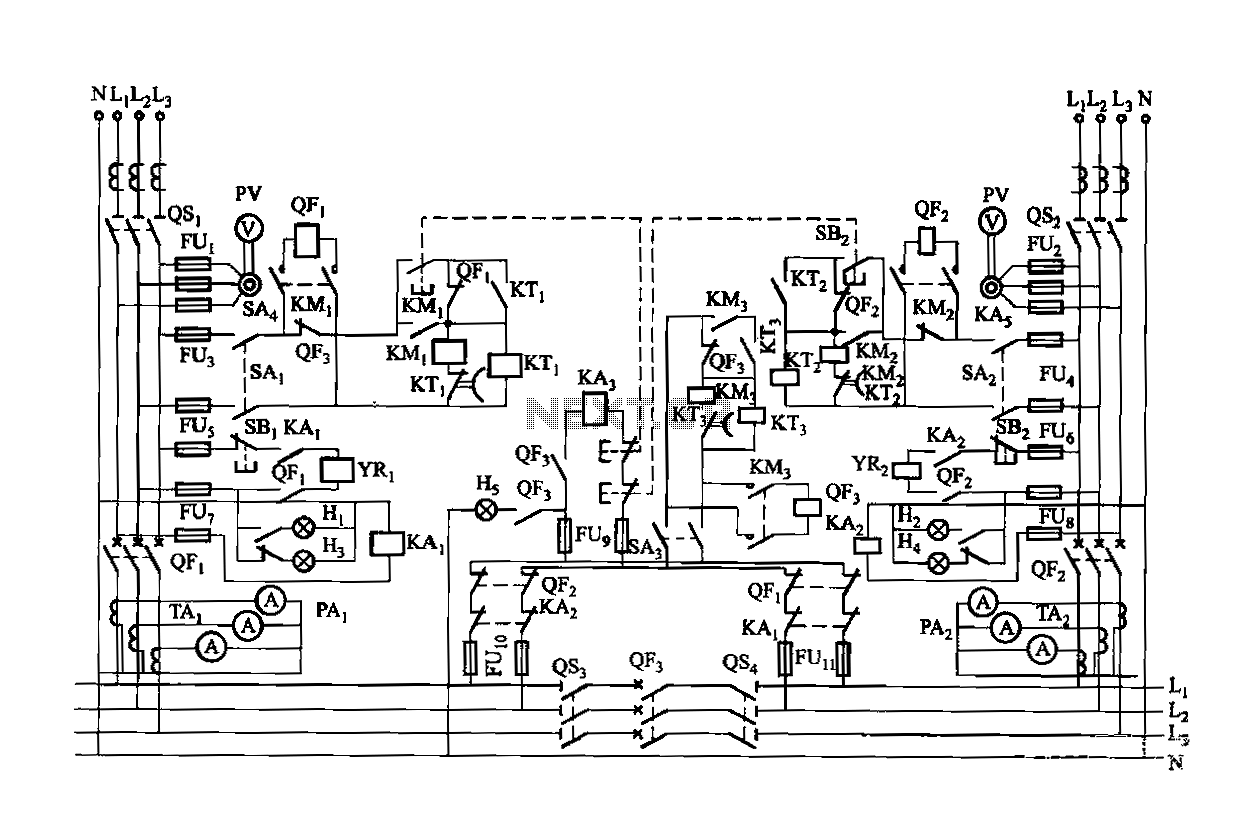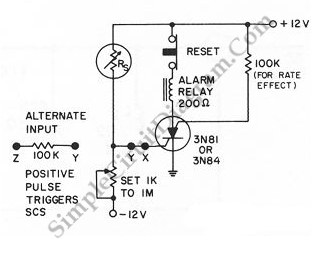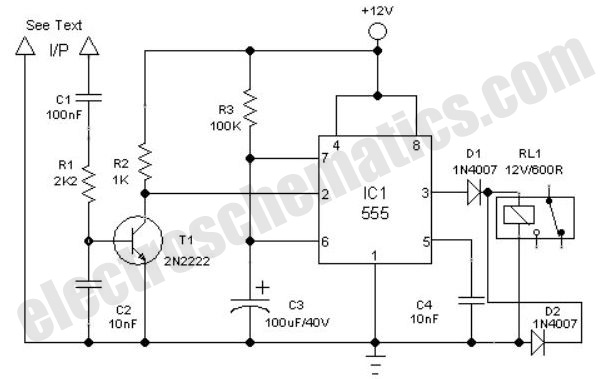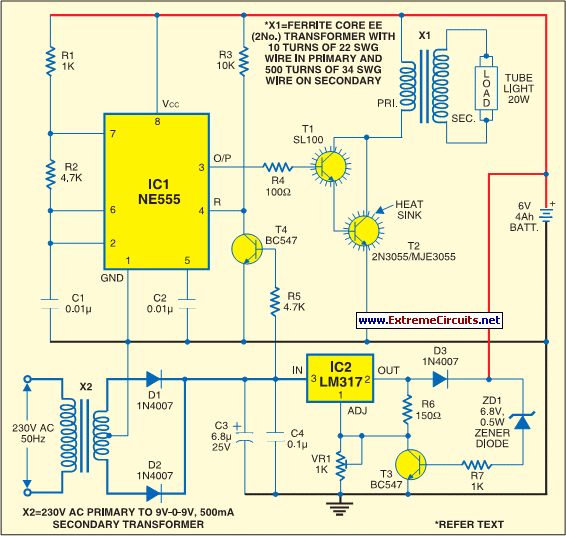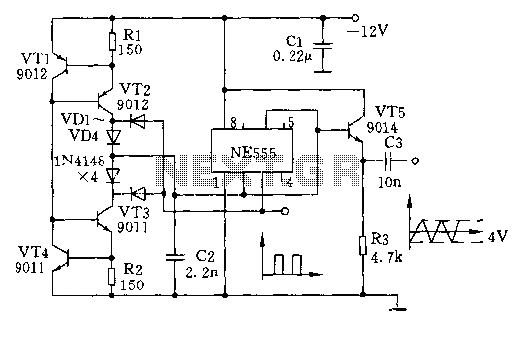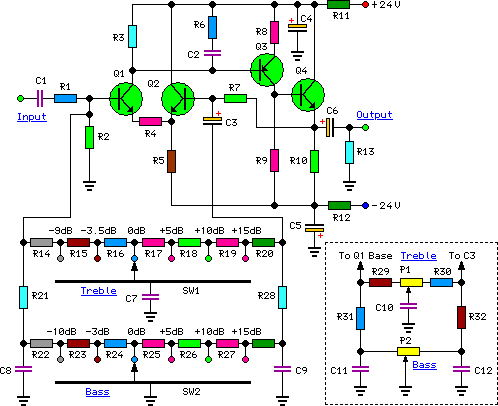
Quality FM transmitter circuit
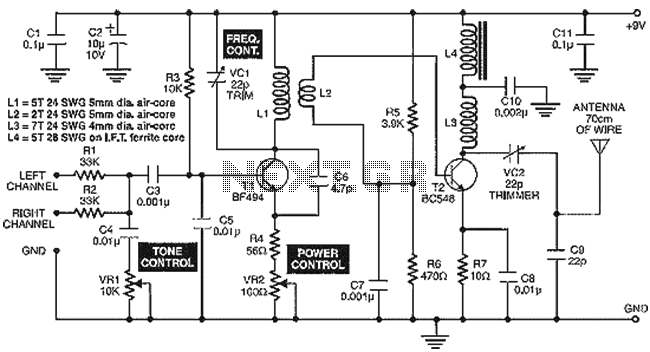
This house FM transmitter for your stereo or any other amplifier provides a strong signal strength up to a distance of 500 meters with a power output of about.
This FM transmitter is designed to enhance audio transmission capabilities for home audio systems, allowing users to broadcast sound wirelessly to FM receivers. The device operates within the FM frequency band, ensuring compatibility with standard FM radios and amplifiers. With a power output sufficient to cover a range of up to 500 meters, this transmitter is suitable for various applications, including home entertainment setups, outdoor events, and personal broadcasting.
The circuit typically consists of several critical components, including an audio input stage, a modulation stage, and a power amplifier. The audio input stage receives audio signals from sources such as a stereo system or other audio devices. These signals are then fed into a modulation circuit, which modulates the audio signals onto a carrier frequency within the FM band.
The power amplifier boosts the modulated signal, ensuring that it can be transmitted over long distances. The output stage includes an antenna, which is essential for effectively radiating the signal into the surrounding environment. The design must also incorporate proper filtering to minimize harmonic distortion and ensure compliance with regulatory standards for FM transmission.
Power supply considerations are vital; the transmitter may require a regulated DC power source to maintain consistent performance. Additionally, safety features such as overcurrent protection and thermal management should be integrated to prevent damage to the circuit during operation.
Overall, this FM transmitter serves as a practical solution for users seeking to wirelessly transmit audio signals over significant distances while maintaining sound quality and reliability.This house FM transmitter for your stereo or any other amplifier provides a good signal strength up to a distance of 500 meters with a power output of abou. 🔗 External reference
This FM transmitter is designed to enhance audio transmission capabilities for home audio systems, allowing users to broadcast sound wirelessly to FM receivers. The device operates within the FM frequency band, ensuring compatibility with standard FM radios and amplifiers. With a power output sufficient to cover a range of up to 500 meters, this transmitter is suitable for various applications, including home entertainment setups, outdoor events, and personal broadcasting.
The circuit typically consists of several critical components, including an audio input stage, a modulation stage, and a power amplifier. The audio input stage receives audio signals from sources such as a stereo system or other audio devices. These signals are then fed into a modulation circuit, which modulates the audio signals onto a carrier frequency within the FM band.
The power amplifier boosts the modulated signal, ensuring that it can be transmitted over long distances. The output stage includes an antenna, which is essential for effectively radiating the signal into the surrounding environment. The design must also incorporate proper filtering to minimize harmonic distortion and ensure compliance with regulatory standards for FM transmission.
Power supply considerations are vital; the transmitter may require a regulated DC power source to maintain consistent performance. Additionally, safety features such as overcurrent protection and thermal management should be integrated to prevent damage to the circuit during operation.
Overall, this FM transmitter serves as a practical solution for users seeking to wirelessly transmit audio signals over significant distances while maintaining sound quality and reliability.This house FM transmitter for your stereo or any other amplifier provides a good signal strength up to a distance of 500 meters with a power output of abou. 🔗 External reference
